I'll tell you, I am so happy to have discovered this simple way to start a new garden bed using fabric pots. I began with the small ones, but quickly decided the large size might suit me better. The summer of 2013 was my first attempt at growing vegetables in fabric pots and I still use them today.
Any gardener will tell you that getting the soil right is absolutely essential to growing a good crop. But what if the backyard landscape has no ready made dirt spaces? That means getting out the pitchfork and digging yourself a garden. Tough work, to be sure.
Using fabric pots is perfect for anyone who doesn't have the manpower, money or know-how to build a raised bed with wood. The most difficult part of using a big fabric bag is filling it with dirt, but if you can use a wheelbarrow, you're all set.
As an Amazon Associate, I earn from qualifying purchases on this page.



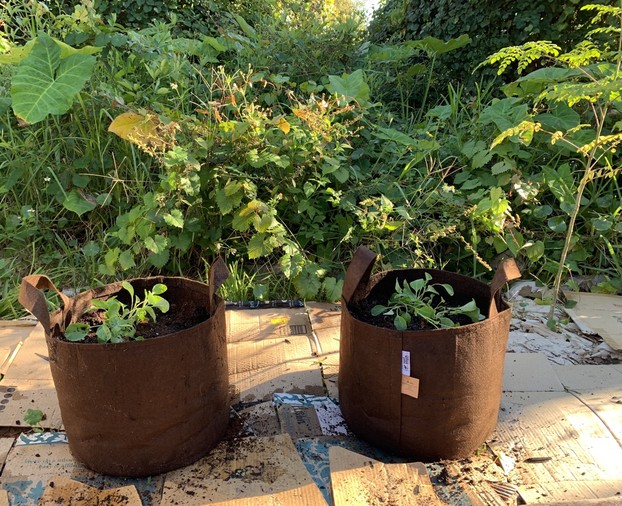


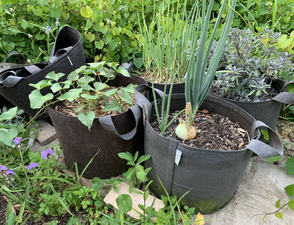




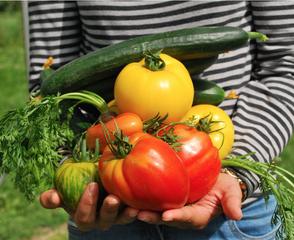
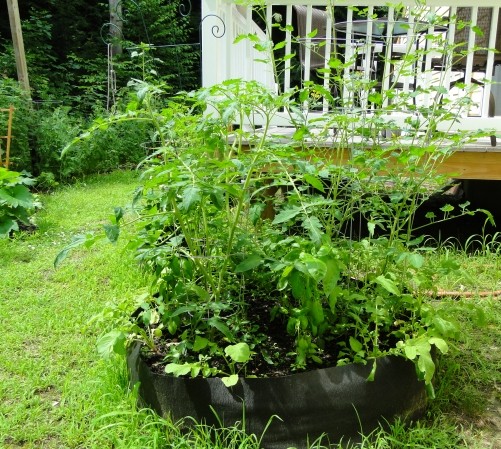
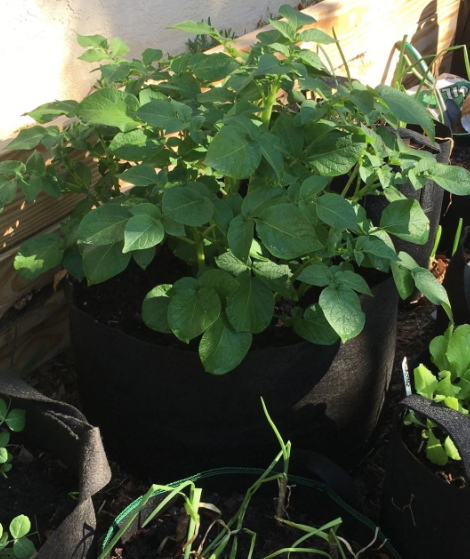
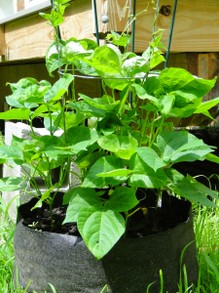
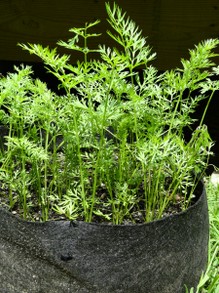




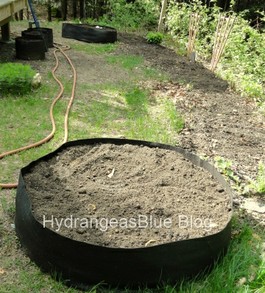
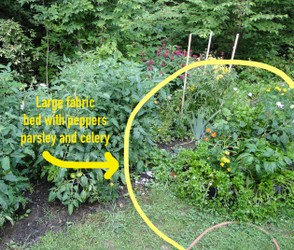
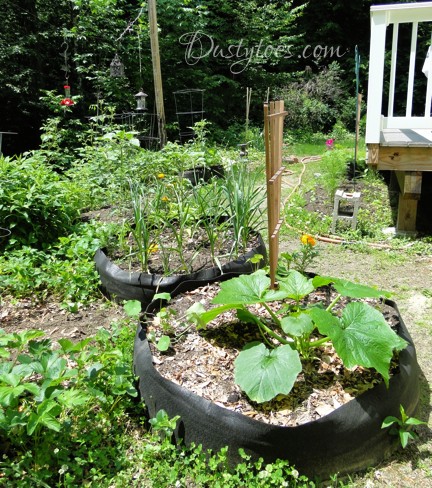
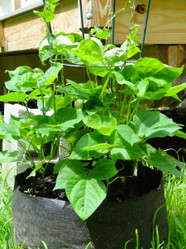

 Unleash Your Child's Green Thumb With Grow Box Gardeningon 04/27/2025
Unleash Your Child's Green Thumb With Grow Box Gardeningon 04/27/2025
 Farm Tractor Birthday Party Ideason 03/21/2025
Farm Tractor Birthday Party Ideason 03/21/2025
 Fun Dinner Menus For Thanksgivingon 10/20/2023
Fun Dinner Menus For Thanksgivingon 10/20/2023
 Luau Party Theme Invitations and Ideason 10/05/2023
Luau Party Theme Invitations and Ideason 10/05/2023

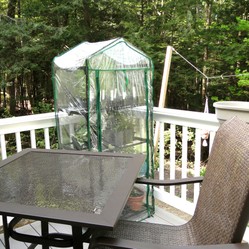
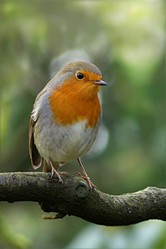
I'd love to hear about your garden!
jptanabe, your defence against groundhogs etc is plastic or nylon netting. Rabbits will burrow under fences, unless you use rabbit wire, which is a bit hard for you to out in, but they cannot burrow into pots. Deer be deterred by netting, but will attack young trees. Hogs are the most difficult. They can rip up netting, but pots that are solid and fixed, and covered with strong netting will provide some defence.
In Britain we have hogs, wild boar to be precise. You cannot handle them without a hunting rifle, as I am sure that you know. I don't know if your ground hogs are as bad as wild boar, but you have wild boar problems in parts of the United States as well.
Lay the netting as a ground, which will deter rabbits, but then ensure that you cover individual beds/pots with netting firmly fixed.
@jptanabe I am very happy with the fabric pots. I can't build a fence either. I don't bother to grow things that I'm sure would be eaten - like corn. It's trial and error. This past year all my tomatoes got a disease just as they were turning red! I was so discouraged. They were in the ground, and not in a pot. Live and learn. I now know about wilt and how to deal with it.
What a great idea! I'd love to grow more vegetables but the groundhogs, deer, rabbits and who knows what else tend to eat everything except tomatoes I grow in pots on top of buckets by my backdoor! I know a fenced in area would stop them, or at least most of them. But building a fence .... well.
I am really intrigued by these fabric bags for planting. I have a small yard and limited sunlight due to trees, but I am definitely going to try this come Spring.
Sounds like a great idea for those with limited garden space.
It's a good idea to use the deeper pot for the crops you mention. I'll have to look for them. Thank you for that info.
We tried a deeper brand of pot, and first time for anything like these. We had tomatoes and potatoes in them. Because they are deep, we could stake the tomatoes. They have turned out well.
There are about forty of us with plots there.
Thanks Frank for that additional info. The allotment sounds like a good idea. I will have to look into the community gardens around my area, but it's nothing like what you describe. It makes sense that you would get something for a structure on the land. Sounds like a good way for property owners to find income to pay their taxes and such on empty land. I certainly understand your being busy.
Other questions I would have (which you may or may not address in your article) are:
1. Do you pay year round even when it's winter and you can't grow anything?
2. Do you need permission and approval to add a structure or building?
3. How do you keep your gardens "safe" if you are not there to keep an eye on them?
4. Is your allotment next to another allotment, or is it one piece of land just for you?
Thanks all for the interesting conversation. Good luck with your garden too WordChazer.
Looking forward to reading from you when examination season is over, Frank. I worked one season for a University College and count myself lucky to have survived! I'll stick with audit administration for now, if it's all the same to my bosses... My deadline is in just over one calendar month/six weeks (20 June) so I'm likely to be scarce until then too. After that, boss has promised me TOIL so I shall be sitting at home writing furiously, listing eBays and tidying up the house as if my m-i-l was coming over *ahem*.